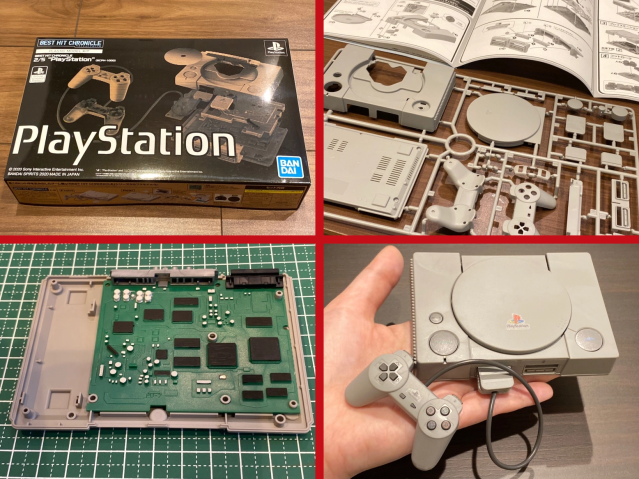
A two-fifths-scale inside look at what made Sony’s original video game system work brings back some full-size reminders of something we should never forget.
Japanese toy maker Bandai is famous for its plastic model kits that let fans recreate the giant robots from Gundam and dozens of other anime series. For its latest offering, though, Bandai has found inspiration in a beloved piece of real-world technology.
The company’s Best Hit Chronicle line salutes epoch-making items that changed pop culture, and first up in the series is a 2:5-scale, build-it-yourself model of the original PlayStation, which ships in a box that takes its styling cues from the one that Sony’s first video game console shipped in.
Compared to an anime robot bristling with weaponry, antennas, and angel wings made of concentrate plasma energy, the PlayStation’s box-like form might seem like a pretty simple thing to build. But what made the PlayStation special was the technical performance of its processors and disc drive, and so Bandai’s model kit doesn’t just cover the system’s outer shell, but all the computer components that were on the inside as well.
As our Japanese-language reporter Mr. Sato peered at the parts, he felt a mix of excitement and intimidation. Thankfully, the kit comes with detailed diagrammed instructions, written in both English and Japanese, that explain how to put everything together.
No glue or adhesives are required, but a nice pair of pliers will save you the stress of worrying about crushing or bending pieces as you snap them off the plastic frame.
Looking at the circuit board, Mr. Sato thought back to the days of his youth, reading through magazines and marveling at the specs for the Sony system, which were a huge leap over the previous generation’s 16-bit machines. He knew that eventually all of this was going to be hidden and encased in the model’s outer housing, but seeing how everything fit together, and arranging it with his own hands, gave him a deep appreciation for all the work that went into designing the system.
▼ The kit even contains a recreation of the disc reader’s optic lens in clear plastic.
Painting is entirely optional, since all of the exterior-visible pieces are all already the correct color or have decals to be attached. However, for maximum authenticity you can paint some of the internals, and the instructions even explain which colors to mix, and in what ratios, to get the perfect shade.
Just like the original core system, the PlayStation model comes with one controller, which shows what’s really going on inside the plastic: Sony’s iconic D-pad looks like four separate buttons on the outside, but is actually a single piece below the surface.
In order to keep its retail price down, the original PlayStation didn’t include a pack-in game, which actually ended up being a huge advantage for Sony since it freed up the buyer’s budget to buy whatever game they actually wanted. In an acceptable break with authenticity, though, Bandai’s PlayStation model comes with a scale disc.
As an especially cool touch, the model’s clamshell lid actually opens, and allows you to stick the disk on the spindle inside.
And though the AV outputs on the back are purely decorative, the controller ports and memory card slots are functional, in that they allow you to plug the peripherals in.
The finished product is so exact that without some sort of scale reference it’s hard to distinguish it from the actual 1994 console.
Putting together the 2,750-yen (US$26) kit took Mr. Sato about two hours, but emotionally, it took him back 25-some odd years. Growing up, his parents had bought him a Famicom and Super Famicom (as Nintendo’s NES and SNES were called in Japan), but the PlayStation was the first system he’d purchased on his own, slowly saving up for it while dreaming of what it’d be like to play the then-upcoming Final Fantasy VII. That slow but steady building of anticipation as he got closer and closer to his savings goal and being able to hold the system and a brand new controller in his hand was something he didn’t think he’d ever feel again. Each time he connected two pieces of the model, though, he was connecting a bit of his current self with his younger version, and his new understanding of the PlayStation’s internals helped remind him what makes him tick too, and how much fun it is to look forward to the future.
Photos ©SoraNews24
● Want to hear about SoraNews24’s latest articles as soon as they’re published? Follow us on Facebook and Twitter!
[ Read in Japanese ]
Follow Casey on Twitter, where he can’t see an open PS1 with a disc inside without remembering the original method for playing Japanese games on U.S. versions of the system.
[ Read in Japanese ]

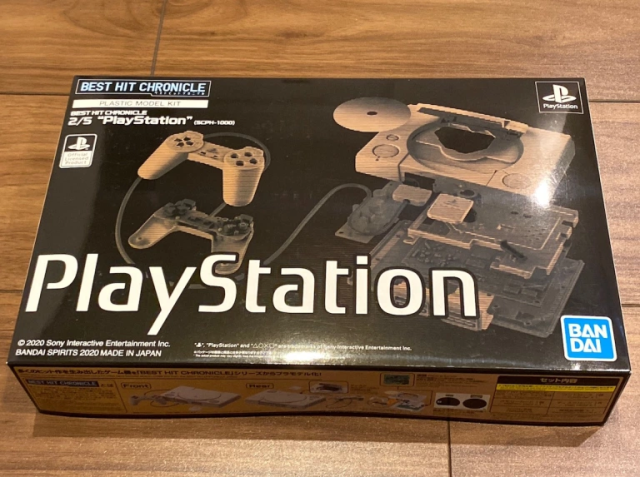
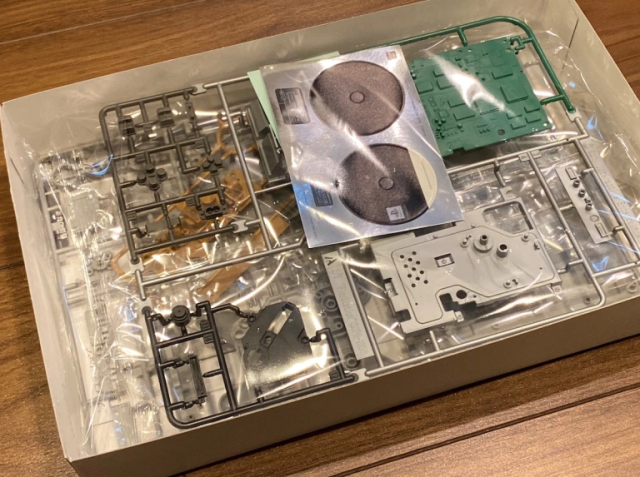
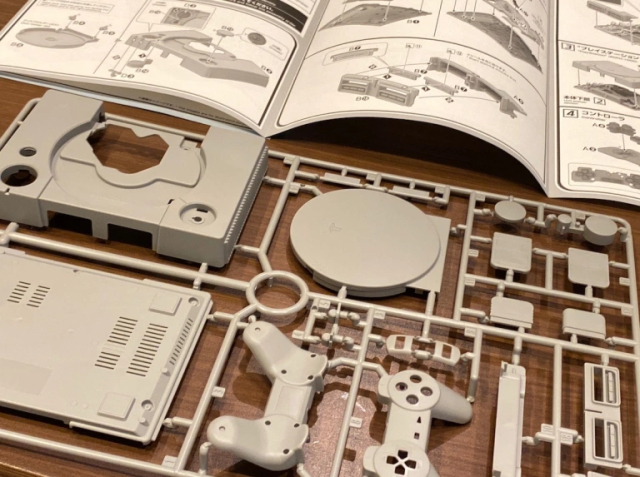
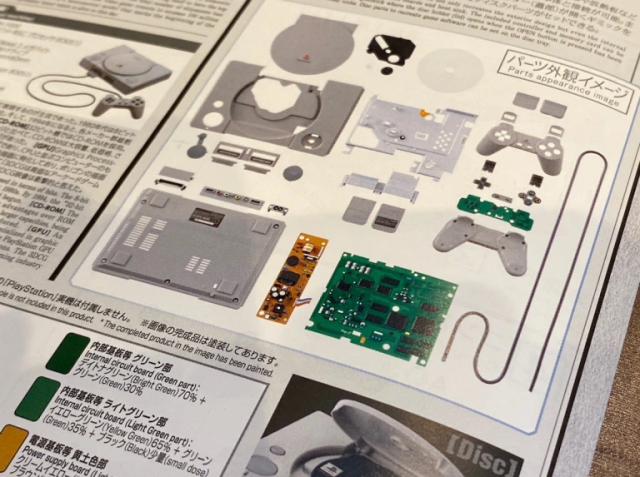
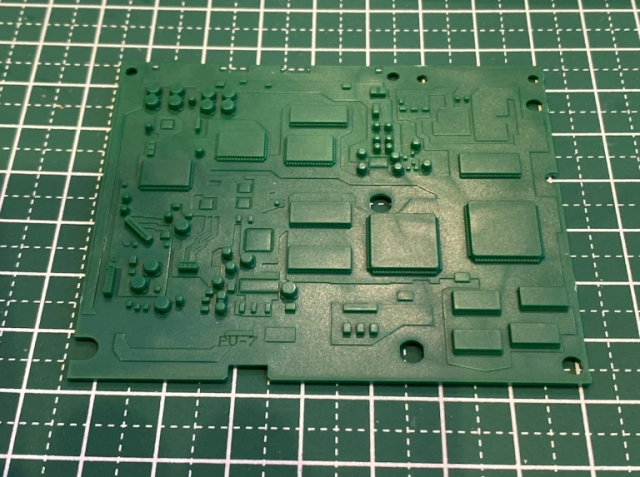
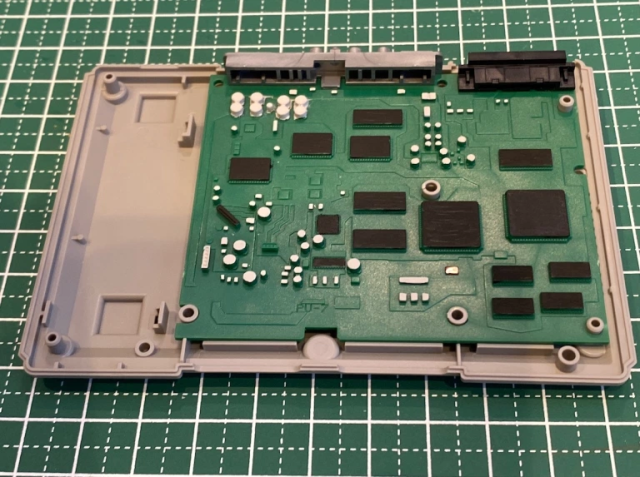
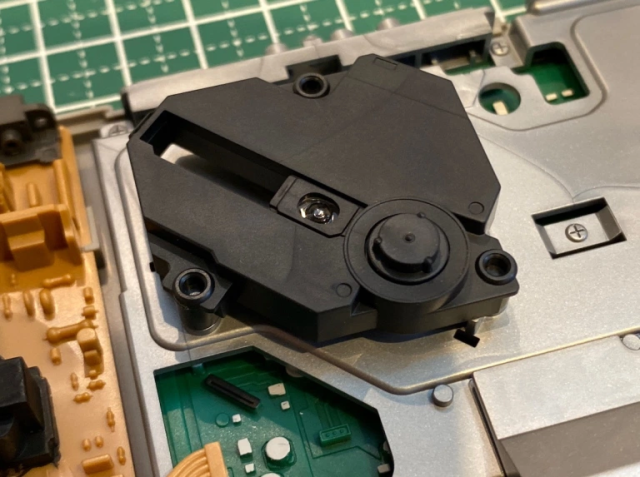
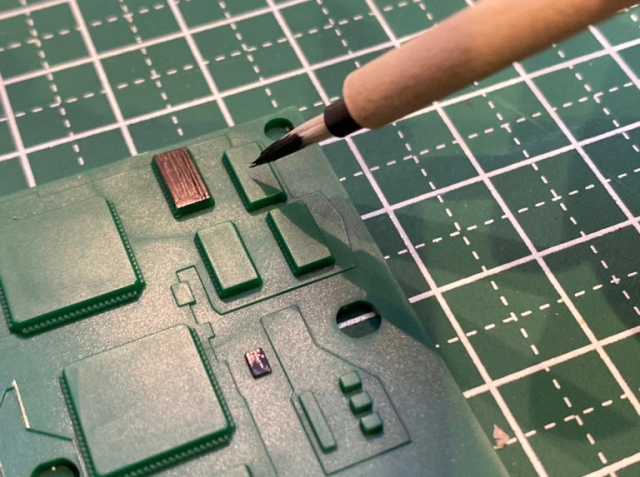
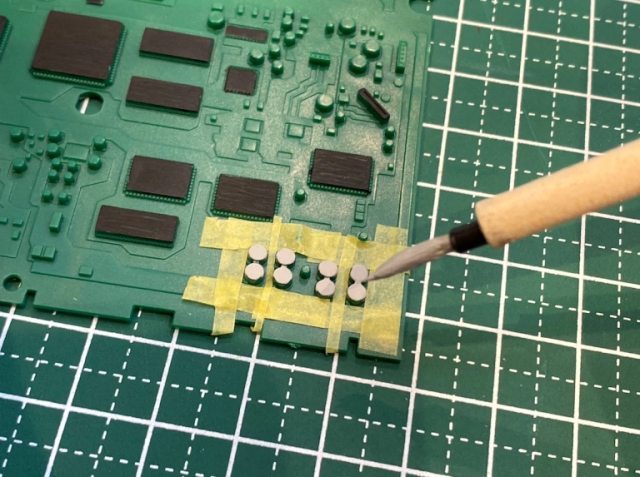
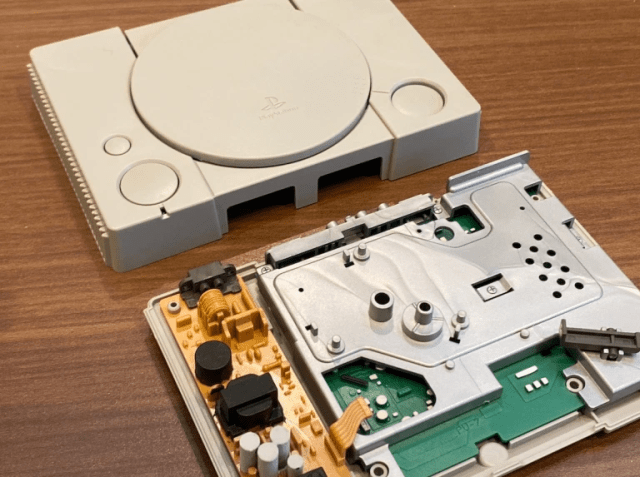
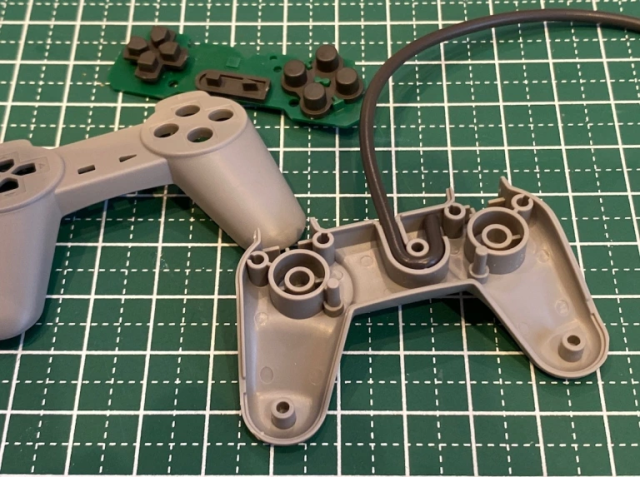
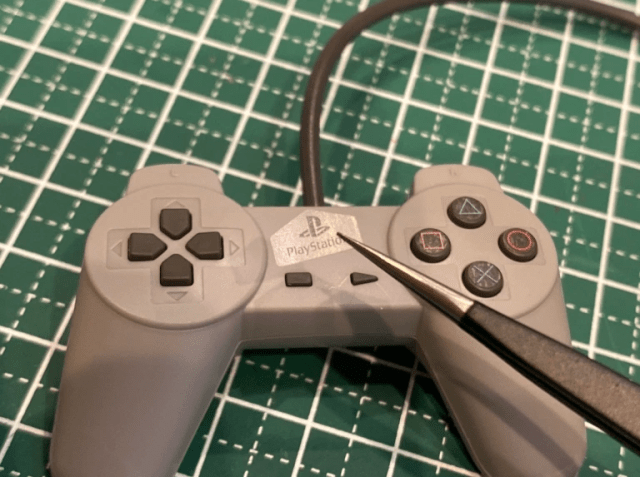
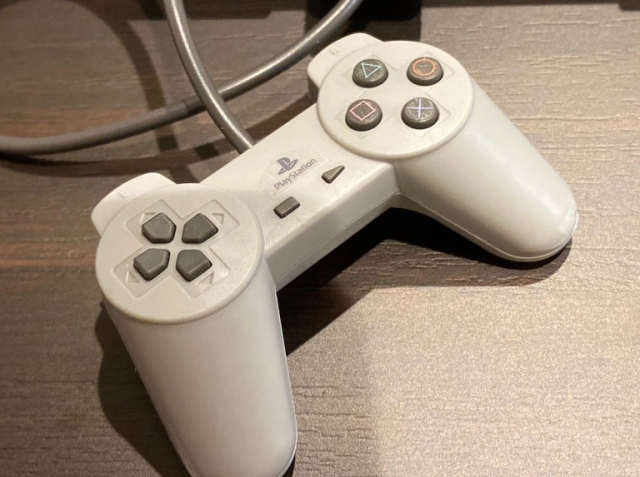
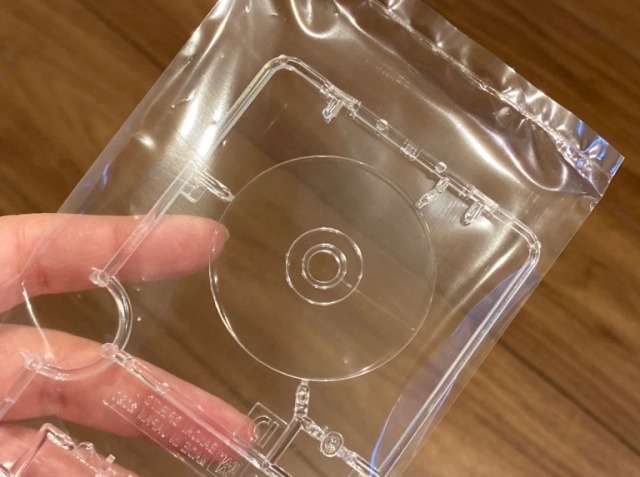
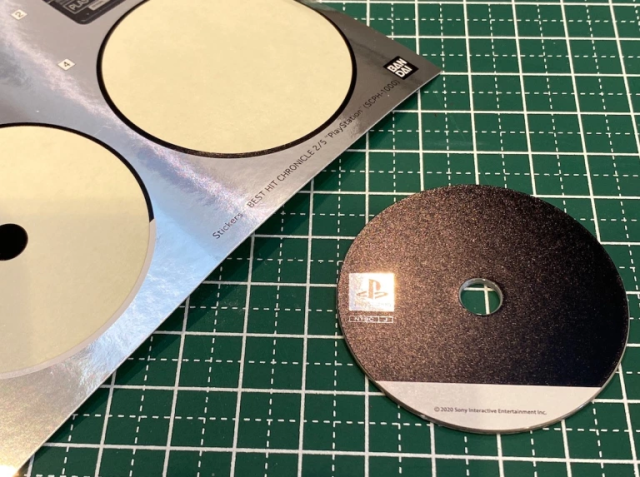
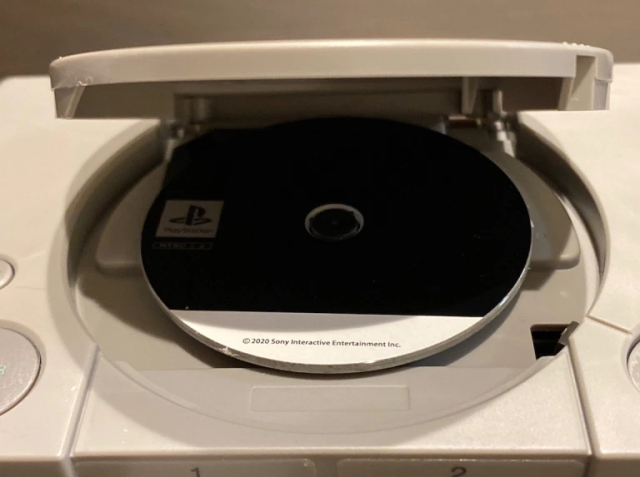
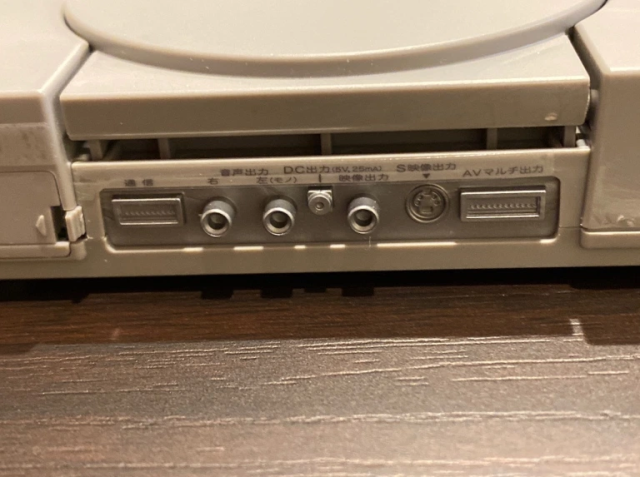
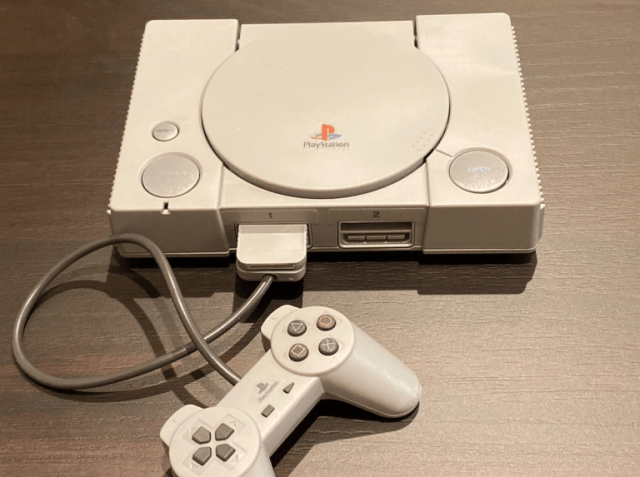
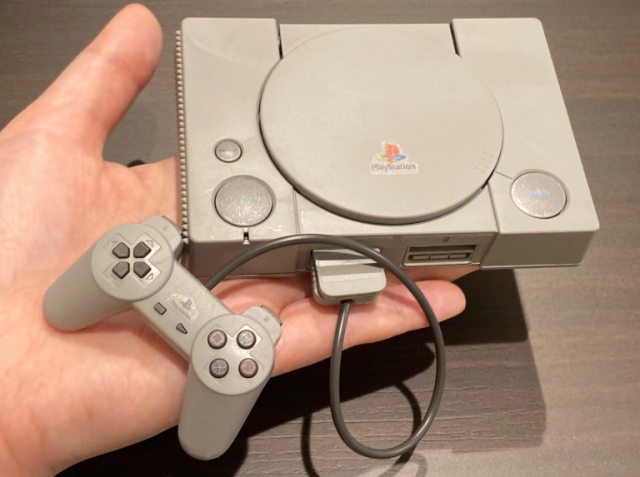
 Awesome jumbo PlayStation 1 and 2 cushions are warm fuzzy nostalgia that has to be won, not bought
Awesome jumbo PlayStation 1 and 2 cushions are warm fuzzy nostalgia that has to be won, not bought So long, PlayStation 4 – Sony announces it’s ending repair service for early PS4 models
So long, PlayStation 4 – Sony announces it’s ending repair service for early PS4 models New model PlayStation 4 is lighter and more energy efficient, hits stores this month
New model PlayStation 4 is lighter and more energy efficient, hits stores this month Sony officially announces pricing for PlayStation VR add-on for PlayStation 4
Sony officially announces pricing for PlayStation VR add-on for PlayStation 4 Sony switches X button to confirm for PlayStation 5 worldwide, gamers in Japan freak out
Sony switches X button to confirm for PlayStation 5 worldwide, gamers in Japan freak out Majority of Japanese mayors say foreign residents are essential but most see good and bad effects
Majority of Japanese mayors say foreign residents are essential but most see good and bad effects Four Shinto shrines to pray for love at in Japan to start the New Year
Four Shinto shrines to pray for love at in Japan to start the New Year Village Vanguard’s most expensive Black Lucky Bag sets an ominous tone for 2026
Village Vanguard’s most expensive Black Lucky Bag sets an ominous tone for 2026 Japanese beef bowl chain Sukiya’s 2026 Smile Box lucky bag basically pays for itself
Japanese beef bowl chain Sukiya’s 2026 Smile Box lucky bag basically pays for itself Should you dip your cake in sake? One Japanese brewer says no, but actually yes【 Taste test】
Should you dip your cake in sake? One Japanese brewer says no, but actually yes【 Taste test】 Survey finds more than 70 percent of Japanese children have an online friend
Survey finds more than 70 percent of Japanese children have an online friend We eat at three Japanese family restaurants to find the one with the best-value breakfast
We eat at three Japanese family restaurants to find the one with the best-value breakfast Japanese city gets its very own Starbucks Frappuccino for a limited time
Japanese city gets its very own Starbucks Frappuccino for a limited time Japan’s otoshidama tradition of giving kids money at New Year’s gets a social welfare upgrade
Japan’s otoshidama tradition of giving kids money at New Year’s gets a social welfare upgrade Top Secret Cookie Recipe Finally Comes to Light
Top Secret Cookie Recipe Finally Comes to Light Starbucks Japan ready to get Year of the Horse started with adorable drinkware and plushies【Pics】
Starbucks Japan ready to get Year of the Horse started with adorable drinkware and plushies【Pics】 Hayao Miyazaki says Happy New Year to Studio Ghibli fans with new art for Year of the Horse
Hayao Miyazaki says Happy New Year to Studio Ghibli fans with new art for Year of the Horse 7 great places to see Mt. Fuji from without having to climb it
7 great places to see Mt. Fuji from without having to climb it We found possibly the quietest Japanese-style hotel in Tokyo’s bustling Shinjuku district
We found possibly the quietest Japanese-style hotel in Tokyo’s bustling Shinjuku district Cup Noodle tries an authentic Jiro-style ramen, but something’s not quite right
Cup Noodle tries an authentic Jiro-style ramen, but something’s not quite right Hello Kitty Choco Egg figures are an adorable trip through three periods of Japanese pop culture【Pics】
Hello Kitty Choco Egg figures are an adorable trip through three periods of Japanese pop culture【Pics】 Japan’s oldest largetooth sawfish in captivity back on display in Mie Prefecture
Japan’s oldest largetooth sawfish in captivity back on display in Mie Prefecture Cyberpunk anime meets traditional culture in Ghost in the Shell gold leaf Japanese changing screens
Cyberpunk anime meets traditional culture in Ghost in the Shell gold leaf Japanese changing screens The best Starbucks Japan Frappuccinos we want to drink again in 2026
The best Starbucks Japan Frappuccinos we want to drink again in 2026 We revisited Sweets Paradise after a decade to see if Japan’s dessert buffet still delivers
We revisited Sweets Paradise after a decade to see if Japan’s dessert buffet still delivers 7-Eleven Japan starts new temporary luggage storage service in over 300 branches
7-Eleven Japan starts new temporary luggage storage service in over 300 branches Disillusionment at Tsukiji’s tourist-target prices led us to a great ramen restaurant in Tokyo
Disillusionment at Tsukiji’s tourist-target prices led us to a great ramen restaurant in Tokyo Starbucks teams up with 166-year-old Kyoto doll maker for Year of the Horse decorations【Photos】
Starbucks teams up with 166-year-old Kyoto doll maker for Year of the Horse decorations【Photos】 Tokyo considering law requiring more trash cans following litter increase in heavily touristed area
Tokyo considering law requiring more trash cans following litter increase in heavily touristed area Tokyo’s Tsukiji sushi neighborhood asks tour groups to stay away for the rest of the month
Tokyo’s Tsukiji sushi neighborhood asks tour groups to stay away for the rest of the month Tokyo event lets you travel back in time, for free, to celebrate 100 years since Showa era start
Tokyo event lets you travel back in time, for free, to celebrate 100 years since Showa era start Sanrio theme park in Japan announces plans to expand into a Sanrio resort
Sanrio theme park in Japan announces plans to expand into a Sanrio resort Japan may add Japanese language proficiency, lifestyle classes to permanent foreign resident requirements
Japan may add Japanese language proficiency, lifestyle classes to permanent foreign resident requirements Stamina-destroying “Paralysis Noodles” are Tokyo’s newest over-the-top ramen innovation
Stamina-destroying “Paralysis Noodles” are Tokyo’s newest over-the-top ramen innovation Survey asks foreign tourists what bothered them in Japan, more than half gave same answer
Survey asks foreign tourists what bothered them in Japan, more than half gave same answer Japan’s human washing machines will go on sale to general public, demos to be held in Tokyo
Japan’s human washing machines will go on sale to general public, demos to be held in Tokyo Japan’s deadliest food claims more victims, but why do people keep eating it for New Year’s?
Japan’s deadliest food claims more victims, but why do people keep eating it for New Year’s? We deeply regret going into this tunnel on our walk in the mountains of Japan
We deeply regret going into this tunnel on our walk in the mountains of Japan Studio Ghibli releases Kodama forest spirits from Princess Mononoke to light up your home
Studio Ghibli releases Kodama forest spirits from Princess Mononoke to light up your home Major Japanese hotel chain says reservations via overseas booking sites may not be valid
Major Japanese hotel chain says reservations via overseas booking sites may not be valid Put sesame oil in your coffee? Japanese maker says it’s the best way to start your day【Taste test】
Put sesame oil in your coffee? Japanese maker says it’s the best way to start your day【Taste test】 No more using real katana for tourism activities, Japan’s National Police Agency says
No more using real katana for tourism activities, Japan’s National Police Agency says Starbucks Japan reveals new sakura drinkware collection, inspired by evening cherry blossoms
Starbucks Japan reveals new sakura drinkware collection, inspired by evening cherry blossoms Updated cherry blossom forecast shows extra-long sakura season for Japan this year
Updated cherry blossom forecast shows extra-long sakura season for Japan this year Gamer in Japan turns the PlayStation Classic into a true, and awesome, portable system
Gamer in Japan turns the PlayStation Classic into a true, and awesome, portable system Sony announces PlayStation Classic retro mini console【Video, photos】
Sony announces PlayStation Classic retro mini console【Video, photos】 The 20 most fun PlayStation titles, as picked by Japanese gamers
The 20 most fun PlayStation titles, as picked by Japanese gamers Sony ends shipments of PlayStation TV in Japan
Sony ends shipments of PlayStation TV in Japan PlayStation VR user finds, shares ways of peeping at panties in schoolgirl tutor game【Video】
PlayStation VR user finds, shares ways of peeping at panties in schoolgirl tutor game【Video】 Portable PlayStation 4 created by genius in Japan【Videos/Photos】
Portable PlayStation 4 created by genius in Japan【Videos/Photos】 The trailer for Tearaway Unfolded is the best kind of crazy!【Video】
The trailer for Tearaway Unfolded is the best kind of crazy!【Video】 Embarrassing blunder spotted on PlayStation 5 store has Japanese Twitter in stitches
Embarrassing blunder spotted on PlayStation 5 store has Japanese Twitter in stitches PlayStation 4 gets limited edition ‘Yakuza Kiwami’ model
PlayStation 4 gets limited edition ‘Yakuza Kiwami’ model Countdown to PlayStation 4 in Japan – Mr. Sato heads to the Sony Building to join the fun
Countdown to PlayStation 4 in Japan – Mr. Sato heads to the Sony Building to join the fun Mario welcomes the PlayStation 4 to Japan like a gang leader protecting his turf
Mario welcomes the PlayStation 4 to Japan like a gang leader protecting his turf End of an era – Sony announces end of online, PlayStation Store support for PS3 and Vita
End of an era – Sony announces end of online, PlayStation Store support for PS3 and Vita Japanese stores stock stylish PlayStation home decor including lights, controller mugs and clocks
Japanese stores stock stylish PlayStation home decor including lights, controller mugs and clocks PlayStation 4 impressions: An Xbox fan and a Sony lover go head to head
PlayStation 4 impressions: An Xbox fan and a Sony lover go head to head PlayStation 3 gets a price cut in Japan, still costs more than it probably ought to
PlayStation 3 gets a price cut in Japan, still costs more than it probably ought to
Leave a Reply